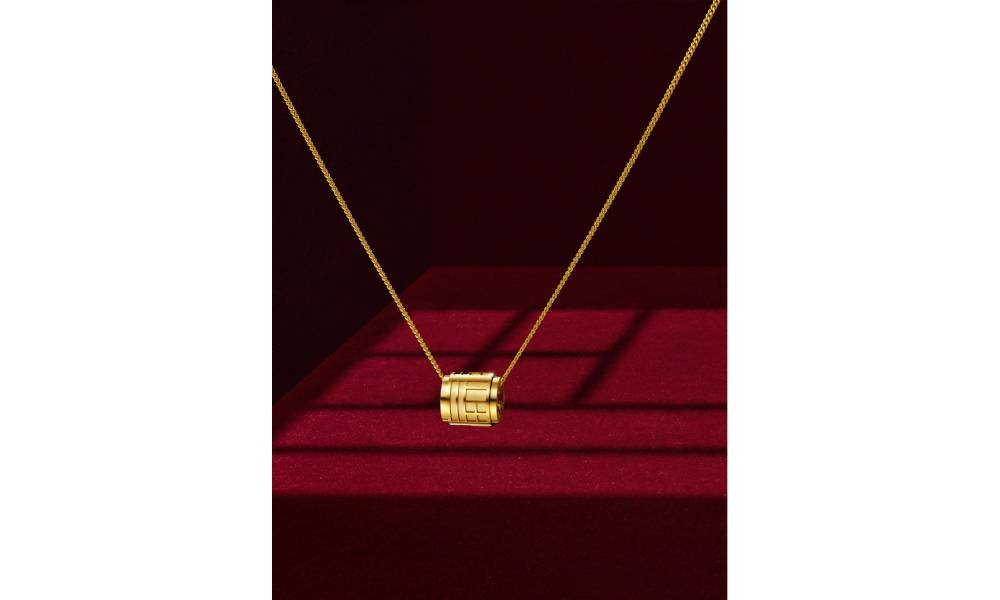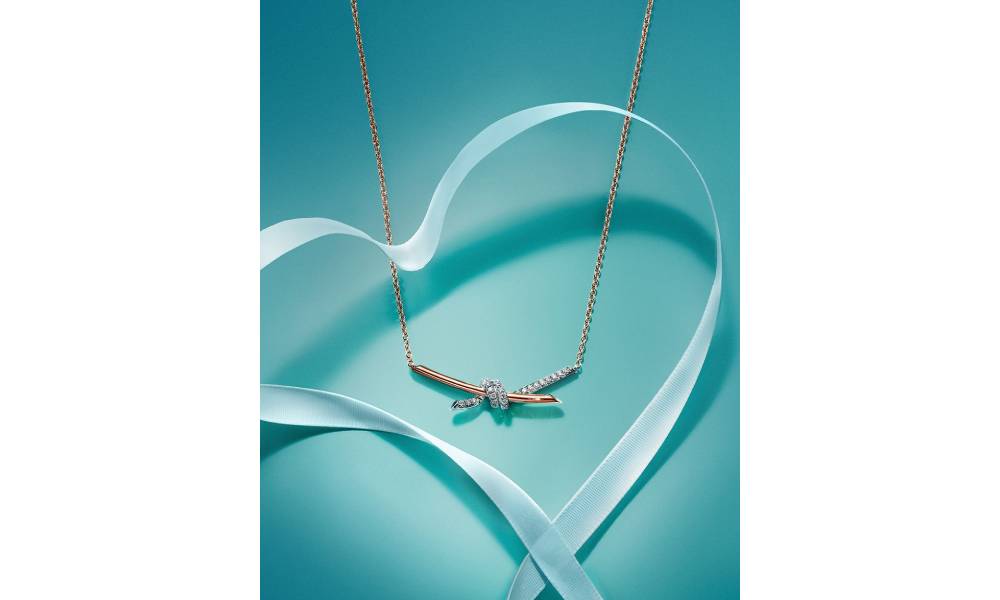Like many Asian cultures, China celebrates a string of festivals based on its traditional lunar calendar. While most cultures have one festival of love, China celebrates four! These are a mix of traditional and commercial festivals, offering abundant opportunities for jewellers to market their products in the world’s largest gold market. SHILPA DHAMIJA delves into the most popular ones, highlighting their unique charm and commercial potential.
The first one is the globally popular Valentine’s Day celebrated on 14th February, also known as 214 in China. The second is a digital festival of love called 520, an acronym of 20th May, observed on this date. The number 520 when pronounced in Mandarin, sounds similar to “wǒ ài nǐ,” which means “I love you” in Chinese. During 520, jewellery brands launch special digital interactive marketing campaigns and deals for China’s digital natives.
This year, Tiffany & Co. launched a dual-tone Tiffany Knot jewellery collection to celebrate the 520 festival in China. The LVMH-owned brand drew inspiration from its archives, reimagining the Tiffany bow from 1889 to create a dual-tone gold pendant adorned with natural diamonds. Last year, Tiffany launched its knot jewellery in rose gold, ahead of the 520 fest.

China’s biggest jewellery retailer Chow Tai Fook promoted its Rouge collection during this festival. Queelin, a jewellery brand owned by French luxury conglomerate, Kering, launched special pieces of its popular lock jewellery from the Yu Yi collection featuring gold, diamonds with red agate stone and red ceramic work.
The 520 festival has a relatively new origin and is popular among China’s youth. According to a survey by DLG marketing agency, this year on China’s popular e-commerce channel Tmall, the 520 festival of love accounted for nearly 10% of the annual jewellery and watch sales driven by festivals.

The third notable festival of love in China is called Qixi, the traditional Chinese festival of love, which falls on the 7th day of the 7th lunar month in the Chinese calendar. This year Qixi (pronounced as Chee-Shee) will be celebrated on 10h August. The festival originates from a Chinese mythological story that dates back over 2000 years in which the youngest daughter of a Jade Emperor fell in love with a cowherd. The Emperor objected to their union and separated them, but allowed them to meet only on the seventh day of the seventh lunar month.
Ahead of Qixi, jewellery brands introduce special jewellery lines inspired from Chinese mythology and host pop-ups at luxury and premium malls to attract consumers. For foreign jewellery brands, Qixi presents the unique opportunity to market in tier 3 and lower tier cities of the mainland where the number of aspirational luxury and jewellery buyers is rising.
In 2022, Cartier launched special pieces for the Qixi festival in China from its Les Berlingots de Cartier pendant collection in pink chalcedony and red jasper stones, while Queelin introduced 18-karat rose gold jewellery with diamonds and pink opals. Most of these jewellery pieces are released in limited editions.
The fourth festival, Singles Day, celebrated on 11th November (11/11), is more of a shopping extravaganza than a traditional festival. Unlike other love-centric holidays, this event is all about singles embracing and celebrating their solo status. Created by the Alibaba group in 2009, the festival that started as a shopping fest with the best discounts and promotions has since evolved to become one of the biggest shopping festivals in the world, and not just in greater China.
Singles day festival (also known as Double 11) is celebrated for nearly a week and is hosted by all the biggest e-commerce sites in China. JD.com, one of China’s biggest e-commerce luxury e-tailers, recorded its highest ever Double 11 sales last year in November. Its live stream driven sales reached US$137.2 million from 60 brands. In 2022, overall sales driven by Singles day reached $157.97 billion according to Bain & Co.

